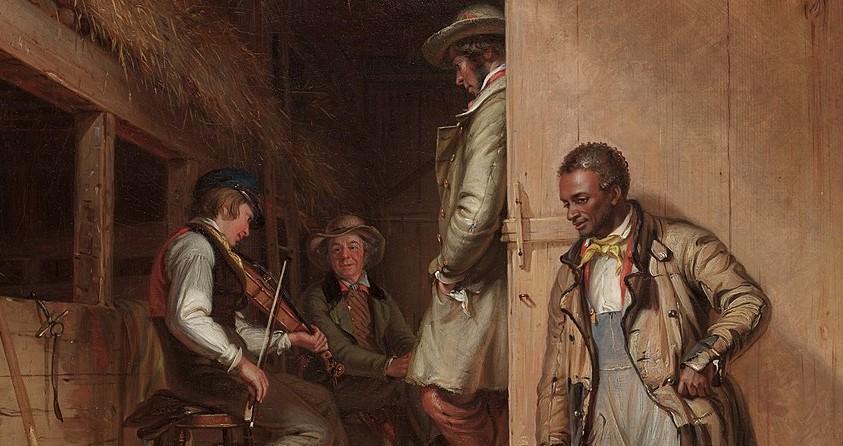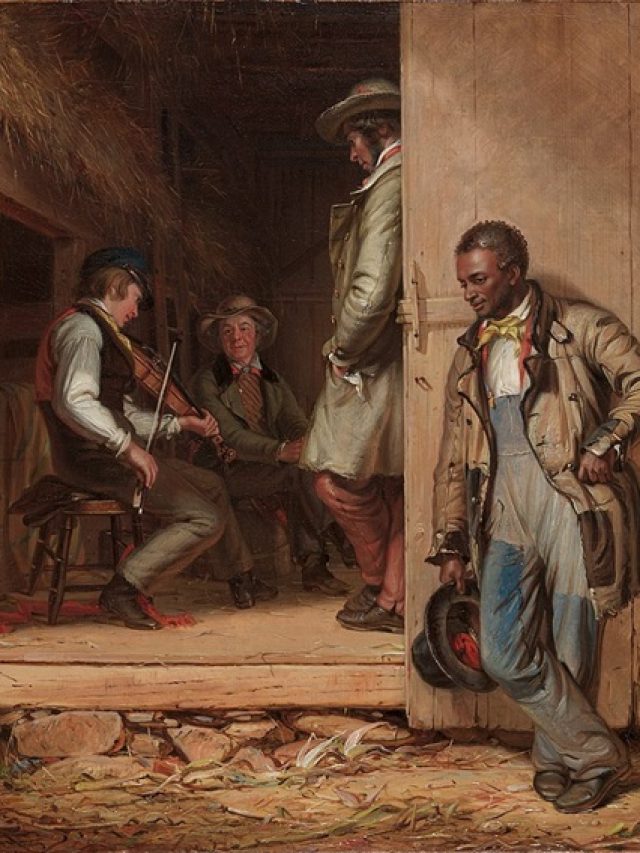American genre painter William Sidney Mount (1807–1868) is most known for his portrayals of everyday life in the middle of the 19th century, especially Long Island, New York, and rural and village scenes. On November 26, 1807, he was born in Setauket, New York. Mount had an excellent eye for the small nuances of country life, and his paintings frequently conveyed the warmth and humour of his subjects. “The Power of Music,” “Dance of the Haymakers,” and “Eel Spearing at Setauket” are some of his well-known pieces. He was adept at capturing the traditions, pastimes, and interpersonal relationships of his era, providing an insight into the everyday existence of common people.
In addition to his artistic endeavours, Mount was a skilled pianist and inventor. He composed music, played the violin, and even filed for a patent on a violin design. William Sidney Mount made significant contributions to American art that have endured, and his creations are valued for their cultural and historical relevance.
History paintings of William Sidney mount
Although Mount isn’t usually linked with history paintings that show important historical moments, his creations frequently reflect the social and cultural history of their day. Through his paintings, Mount offers us an insight into the routines, habits, and pursuits of common Americans in the 1800s.
In the vibrant scene depicted in “Dance of the Haymakers” (1845), labourers and farmers take a break from their jobs to dance in a hayfield. Mount emphasises the value of group activities in rural living by capturing the happiness and companionship of the occasion. The 1845 painting “Eel Spearing at Setauket” shows a group of men partaking in the customary eel-spearing activity, which is widespread in coastal areas. This work is an important historical record because of Mount’s attention to detail and accurate depiction of regional customs.
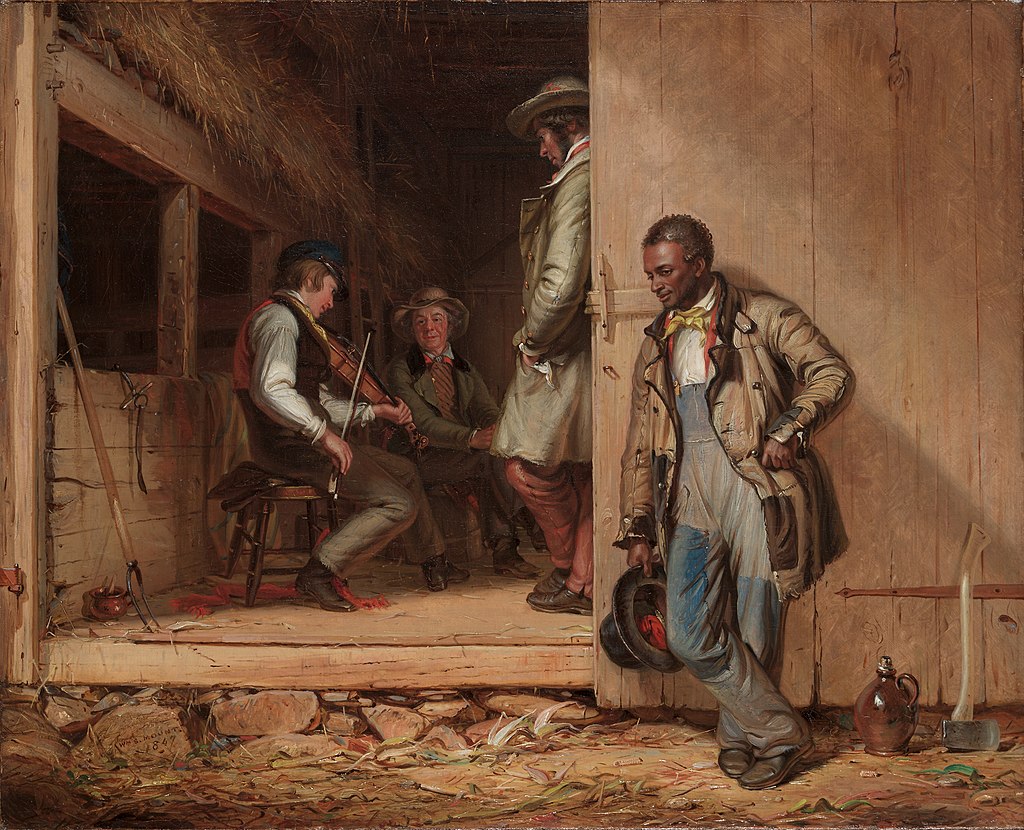
Mount examines the idea of music’s impact on people’s feelings and actions in “The Power of Music” (1847). A young woman is shown in the scene playing the piano as other people watch and respond to the music. The cultural importance of music in 19th-century American homes is depicted in the artwork. In the amusing scenario of a man receiving a haircut in a barbershop, “The Long-Haired Man” (1838) depicts the situation. In addition to offering an insight into the grooming customs of the era, the picture demonstrates Mount’s talent for bringing humour and empathy to ordinary situations.
In “The Country Lovers” (1830), a pair is shown conversing in a pastoral environment. The artist’s desire to portray rural life scenes and the romanticization of the countryside is evident in the picture.
Music in William Sidney Mount’s paintings
William Sidney Mount’s paintings frequently included musical motifs, illustrating the importance of music in the social fabric of American life in the 19th century. His genre paintings gained a dynamic and vivid quality from the use of musical elements, which also captured the rhythm and harmony of daily events.
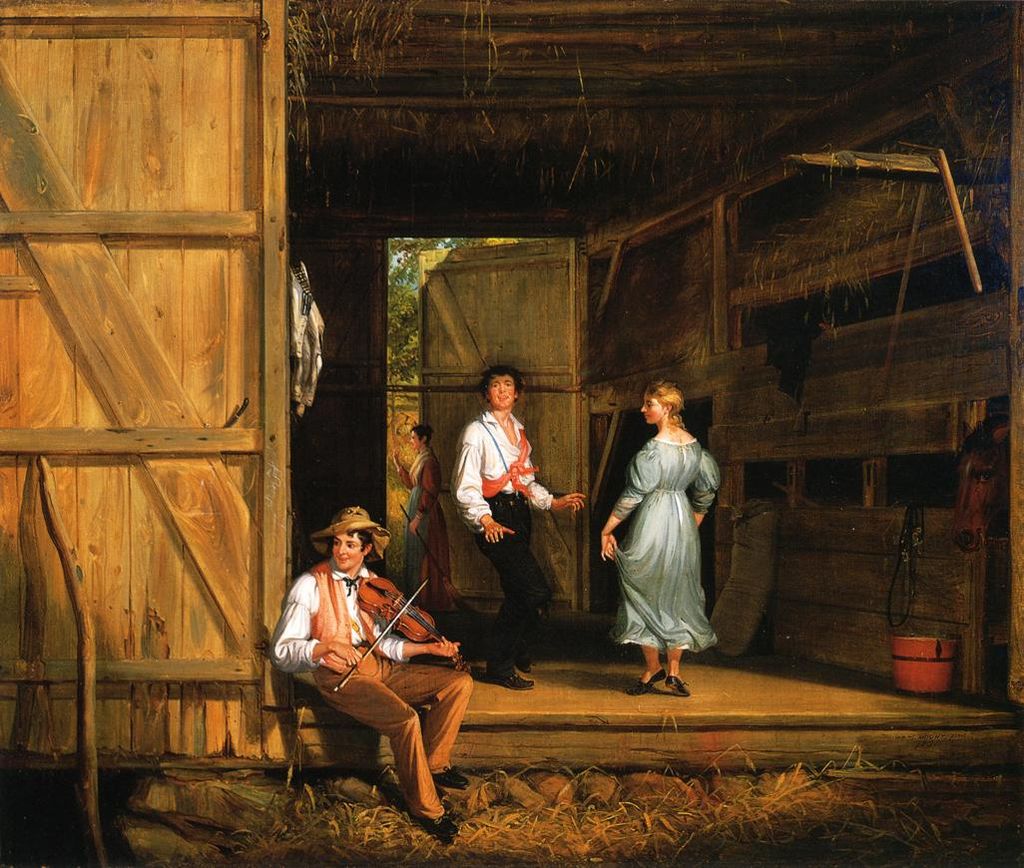
In his paintings, Mount often included a variety of musical instruments; including the banjo, violin, and bones. Not only were these instruments rendered visually accurate, but they also functioned as emblems of cultural diversity because various communities had distinct musical traditions and Mount’s paintings showed people performing live. Mount portrayed musicians as essential participants in social meetings and celebrations, whether it was a little boy playing the banjo, a child playing the bones, or a fiddler giving music for a dance.
In Mount’s works, music and dance frequently went hand in hand. There were frequently images of people dancing in barns or other open areas, and musicians were there to provide the dancers with rhythmic accompaniment. A sense of joy, camaraderie, and shared cultural experiences was communicated through music and dance; whether it was a family listening to music at home or a community coming together for a dance, the paintings captured the social connection that music played in bringing people together.
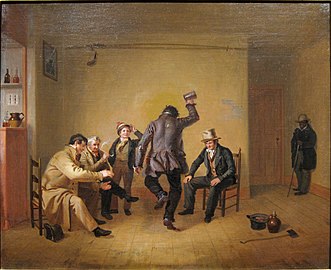
William Sidney Mount honoured the cultural, emotional, and social components of music in 19th-century America by fusing these musical elements into his paintings in addition to capturing the visual qualities of musical settings. His creations offer a realistic and vivid depiction of how music influenced the experiences of various groups throughout this time.

